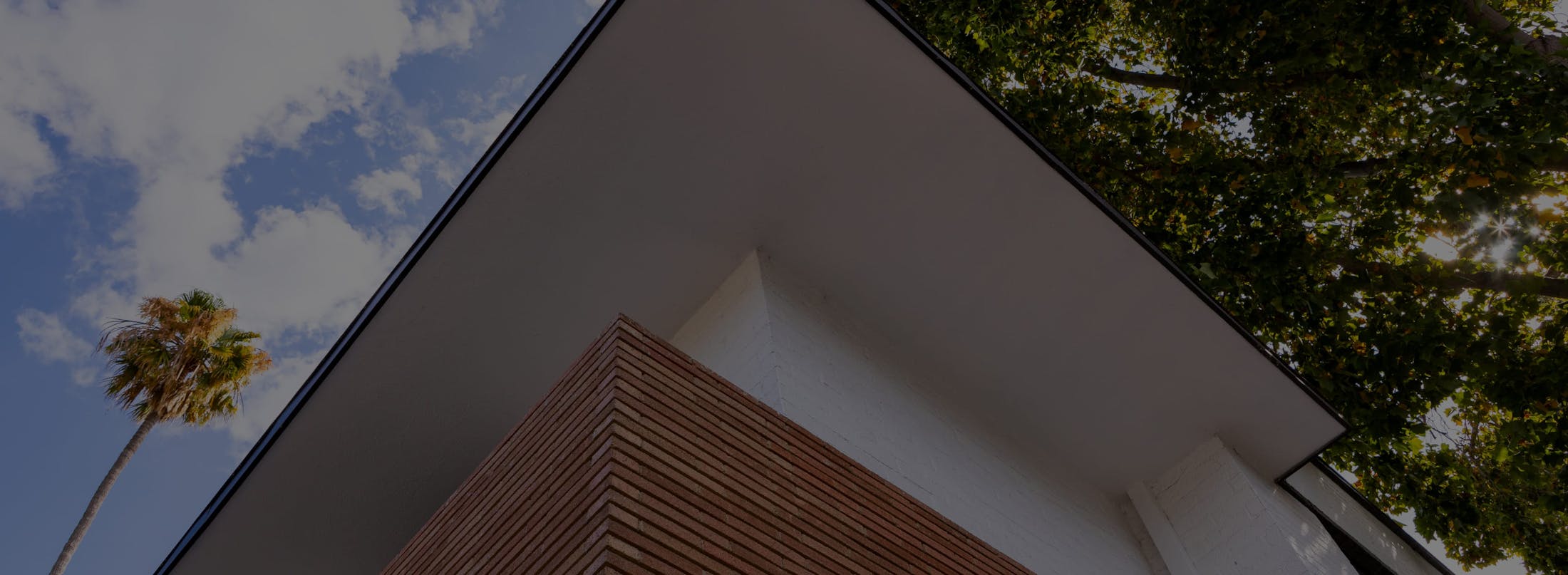The first 24 hours
On the first day of recovery, patients will likely encounter minimal discomfort, swelling, and congestion. At this juncture, it is critical to follow Dr. Rahban’s instructions to the letter and take pain medications as prescribed. Patients should:
- Get plenty of rest – Patients should prioritize healing and refrain from strenuous activities and heavy lifting.
- Keep the head elevated – The head should remain in an elevated position even while the patient is asleep. This will help reduce swelling and nasal bleeding.
- Drink plenty of fluids – Patients should stay hydrated to help the anesthesia exit the body.
- Avoid blowing the nose – Patients should refrain from blowing their noses, as this can dislodge sutures and interfere with healing.
- Use nasal saline spray – This spray can improve the moisture content in the nose, supporting the recovery process.
Recovery week 1
During week 1 of recovery, patients will continue to follow Dr. Rahban’s instructions and attend their regular follow-up visits. There is minimal swelling, bruising, and congestion, which are all normal side effects of the surgery. Rest assured, these symptoms will gradually lessen as time goes on. Patients should:
- Take gentle walks – Taking short walks can improve circulation, reduce the risk of complications, and elevate the patient’s mood and well-being. Strenuous exercise and heavy lifting should be avoided.
- Continue using saline nasal spray – The nasal spray helps keep the nasal passages hydrated and clean.
- Continue avoiding blowing the nose – It is still not safe to blow the nose, as this can interrupt the healing process at a critical point in time.
- Stay vigilant and check for signs of infection – Patients should monitor themselves for increased swelling, discharge, pain, or redness, contacting Dr. Rahban immediately if any complications arise.
- Attend follow-up visits with the doctor – Patients will need to attend all follow-up appointments with Dr. Rahban so the doctor can carefully monitor healing progress, remove sutures as needed, and check for any possible signs of complications.

















